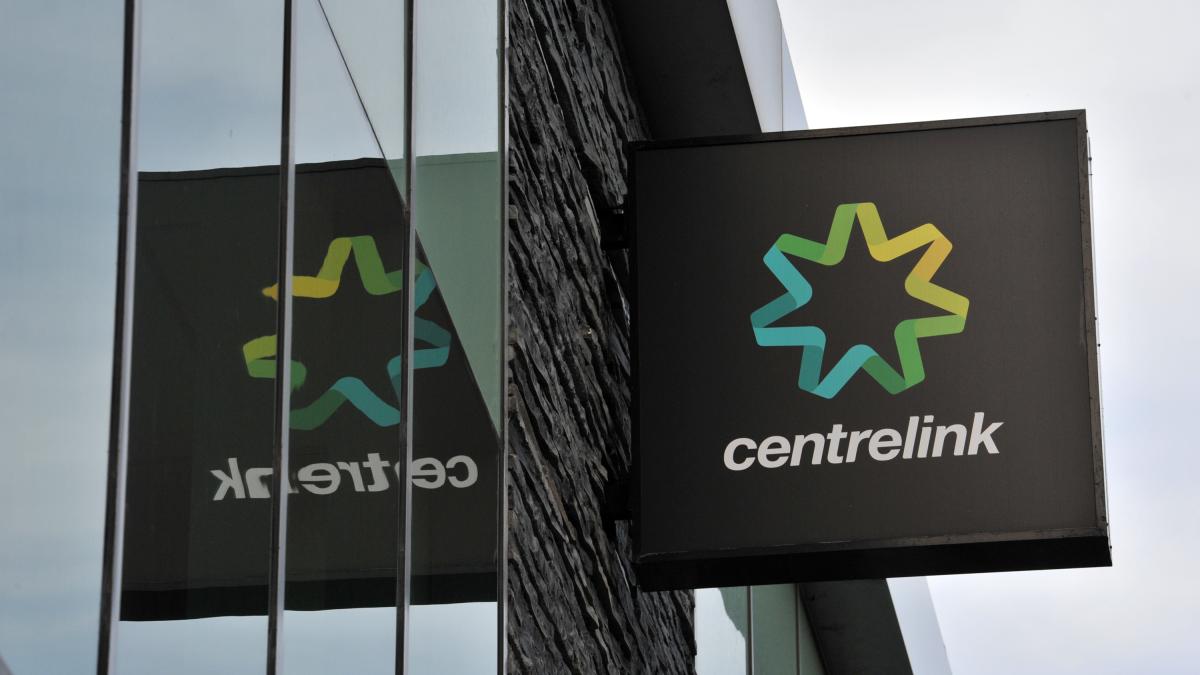
The federal government’s deeply controversial robo-debt program is facing fresh scrutiny as a Senate estimates committee last night revealed that it has thus far only ‘recovered’ a sum total of $100 million. That figure might look substantial at first glance – less so when you realise it’s actually based on $500 million of ‘debt’ recovered at an implementation cost of $400 million.
Labor senator Murray Watt interrogated officials from the Department of Human Services about the efficacy of the program during estimates on Thursday night, finding that despite their claims that $1.5 billion has been “raised”, only $500 million had actually been paid. The remaining $1 billion has been identified, but no payment has been received and could be subject to appeal.
You know, a casual observer might suggest that this kind of result implies that the entire system was less one of debt recovery and more a deliberately punitive way to dissuade people from claiming Centrelink benefits in the first place. Might.
Government officials insist that the program is set to recover $4 billion over the next four years. Presumably this assumes a flawlessly operating system, which doesn’t seem to be substantiated by past performance.
This follows the revelations of last week that 2,030 people died after receiving a debt notice from Centrelink, including 812 who were considered “vulnerable” by the department. There’s no strong implication at present that there is a direct causal link in those figures – and the department insists that the numbers do not suggest an elevated death rate – but Greens senator Rachel Siewert told DHS secretary Renee Leon that the issue demands more scrutiny.
The so-called robo-debt program initiated in 2017, when the government announced it would move forward on efforts to reclaim ‘overpayments’ from Centrelink recipients as a budget repair measure. The suggestion was that claimants were either lying or making errors in their reporting, and they were paid too much. It quickly became clear that the letters, which at least initially looked a whole lot like threatening debt recovery notices, were often issued in error.
The core problem was that the automated system calculates people’s earnings using some very crude arithmetic. It obtains a person’s yearly income from the Australian Tax Office, then divides that figure by 26 to get an apportioned fortnightly rate. The department then lines that up with what was claimed on Centrelink, and fires off a debt letter if it doesn’t add up – putting the onus on the claimant to prove that it was all above board.
Of course, that ended up being an extremely flawed way of doing things, and remains so. People who are unemployed or on low incomes obviously do not have consistent income streams week-to-week. The hard yards required to reconcile the figures with the contemporary documents (payslips, tax returns, etc) provided by claimants has been partially the reason for program costs blowing out as they have.
So that’s where we’re at. The hugely punitive sham of a system which has tormented low-income owners for the past two years turns out to not really have made much money for the government at all. $500 million worth of immiseration on struggling Australians for a $100 million return. Doesn’t add up!



